A few hours after Ukrainian kamikaze drones struck the proud towers of the Moscow City business centre, a Muscovite friend received a cold call from her insurance company. Would she like to upgrade her home insurance to include drone attacks, a chirpy salesman asked. Another couple of friends, out for a walk in the woods not far from Vladimir Putin’s country residence at Novo-Ogaryovo, were surprised to discover a pair of Pantsir-S1 mobile anti-aircraft batteries parked by the edge of a field, their warheads pointing warily towards Ukraine. A Muscovite journalist shares a new listing for bed space in an underground garage that he has converted into a bomb shelter.
In Russia’s capital, until recently cocooned from the consequences of Putin’s invasion of Ukraine, this is the new normal.
Long-range drone strikes on Moscow began on 3 May when two small unmanned aerial vehicles (UAVs) struck the roof of the Kremlin’s Senate Palace. In June, the elite dacha lands of Moscow’s Rublevskoye Shosse were hit; last month, so was a residential building just yards from the headquarters of the GRU military intelligence unit allegedly responsible for poisoning enemies of the state. Most recently, two UAVs slammed into the skyscraper in Moscow City that houses the Communications and Mass Media Ministry on consecutive nights. Implausibly, Russian officials have claimed that all these drones were in fact shot down and the damage was done by falling debris. But nobody quite believes them.
To the undisguised delight of pro-Ukrainian social media users, videos of the strikes often feature Muscovites screaming, swearing and generally panicking as the drones make their slow progress across the skies, followed by fireballs and loud detonations. After months of merciless Russian attacks on Ukrainian cities, those on Moscow feel like the most satisfying form of payback. And, tellingly, the Kremlin’s propaganda machine has downplayed or downright ignored the latest series of strikes on the capital. This suggests that, for the time being at least, the Kremlin senses the political danger if ordinary citizens start to feel unsafe in their beds.
Sowing doubt and terror in the heart of the enemy is, of course, the point of these attacks – just as Churchill’s decision to launch a raid on Tempelhof airfield in Berlin in August 1940 and America’s Doolittle raid on Tokyo in April 1942 were less about inflicting damage than waging psychological warfare.
Ukraine has been preparing for the drone campaign since last December, when the 23-year-old social media influencer Ihor Lachenkov got an unexpected phone call from Ukraine’s GUR military intelligence service asking him – as he put it in the New York Times – to crowdfund a ‘drone that can fly very far’. In May, standing beside GUR head General Kyrylo Budanov, Lachenkov revealed the first images of the Bober (‘Beaver’) UAV with a range of at least 310 miles. Other Ukrainian-made kamikaze drones include the UJ-22 Airborne and the Rubak. On 25 July, Prime Minister Denys Shmyhal announced that Ukraine was planning a tenfold increase in its drone funding – from around $108 million last year to more than $1 billion this year.
The reason Ukraine has attacked Russian territory using only its own domestically produced drones is simple: Kyiv’s western backers fear that an attack inside Russia using Nato rocketry would be seen by the Kremlin as a casus belli to expand the war to Nato itself. Keeping the US out of ‘a kinetic war with Russia’ was one of the top priorities that General Mark Milley, chairman of the Joint Chiefs of Staff, voiced in an early briefing to Joe Biden on Ukraine.
As a consequence, the US has refused to equip Kyiv with long-range rocket artillery, let alone cruise or ballistic missiles of the kind that Russia regularly fires at Ukraine. The Himars guided rocket artillery that America is providing has a range of just 50 miles, and so far Washington has resisted pleas to supply the 190-mile-range ATACMS which can be fired from the same launch system. In May, the UK was the first country to defy the US’s de facto ban by sending Storm Shadow missiles, which have a reach of 340 miles – and there have been reports that these have been used to target ammunition dumps in Russian-annexed Crimea. But firing a Storm Shadow at Moscow would be an escalation that even the often-reckless Budanov would be reluctant to make.
Openly admitting to responsibility for strikes deep inside Russia remains a taboo for Ukraine’s leadership, though Volodymyr Zelensky came close last week when he said that ‘gradually, the war is returning to the territory of Russia – to its symbolic centres and military bases, and this is an inevitable, natural and absolutely fair process’. After another drone hit Moscow on Monday night, his spokesman Mykhailo Podolyak warned darkly that Russia should anticipate ‘more unidentified drones, more collapse, more civil conflicts’ – adding that ‘Moscow is rapidly getting used to a fully fledged war’.
The key question, as Ukraine opens up a new drone front against the Russian heartland, is whether the attacks will weaken or strengthen Putin’s war effort. Churchill’s 1940 Berlin raid angered Hitler into launching an all-out blitz on London and other British cities; the morale of the Japanese people was not broken by the Doolittle raid, nor even by the wholesale firebombing of Tokyo in 1945. Attacks on Moscow also reinforce the Kremlin’s narrative that Putin is fighting a defensive war against Nato aggression, not merely engaging in an imperial land-grab.
Several Russian friends of mine who claim to hate Putin and oppose the war responded to my questions about the strikes with various permutations of ‘Now we’re in this stupid war we have to win it’ or ‘We are hitting them, they are hitting us, both sides are as bad as each other.’ Twisted logic, for sure, and characteristic of the self-delusion of supposedly educated and worldly Muscovites. But, paradoxically, enemy strikes on Moscow are just the propaganda coup Putin needs as he widens the age of conscription in a desperate bid for more cannon fodder to shore up his failing war effort.
So far, the Ukrainian strikes on Moscow have not caused any deaths – unlike the appalling loss of civilian life caused by Russian attacks on Odessa, Kryvyi Rih and Kharkiv, to name only the latest. It would be unsurprising – and certainly consistent with their past cynicism and callousness – if Putin’s security agencies are planning to stage just such outrages against their own civilians in Moscow. Which leads to another question: what should Russians fear most – Ukrainian drones or their own leadership?
Got something to add? Join the discussion and comment below.
Get 10 issues for just $10
Subscribe to The Spectator Australia today for the next 10 magazine issues, plus full online access, for just $10.
You might disagree with half of it, but you’ll enjoy reading all of it. Try your first month for free, then just $2 a week for the remainder of your first year.

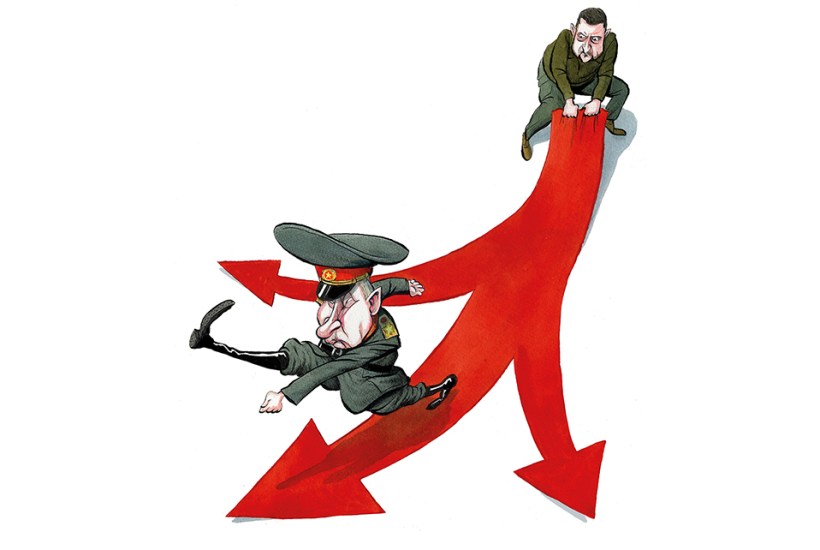
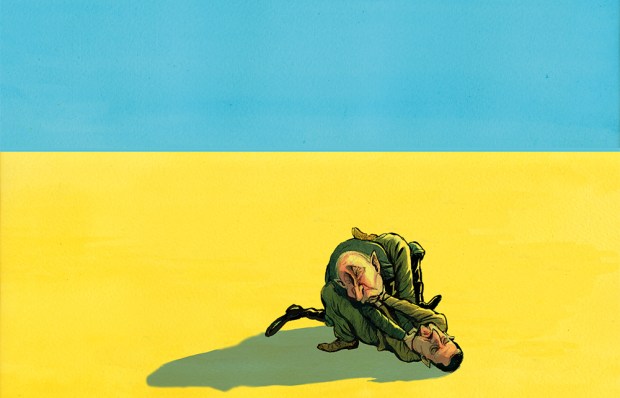
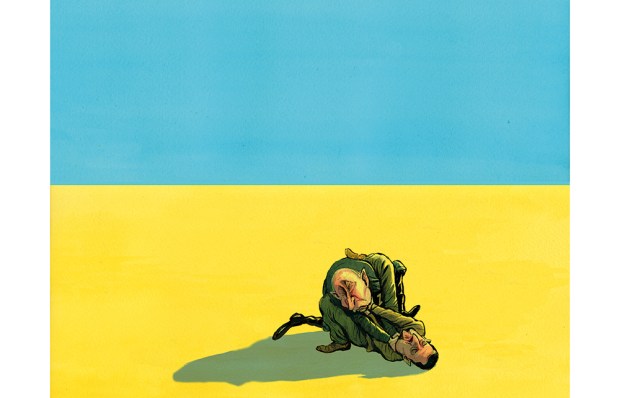
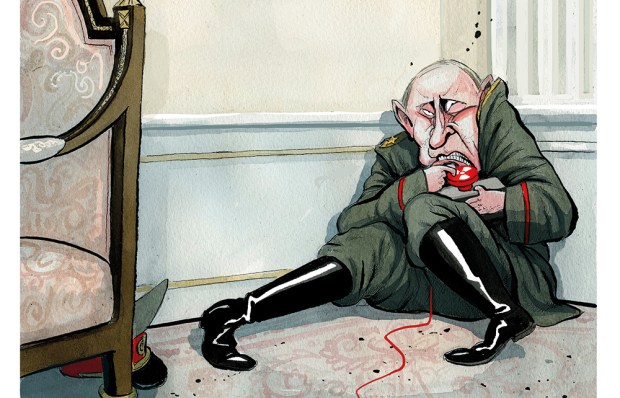
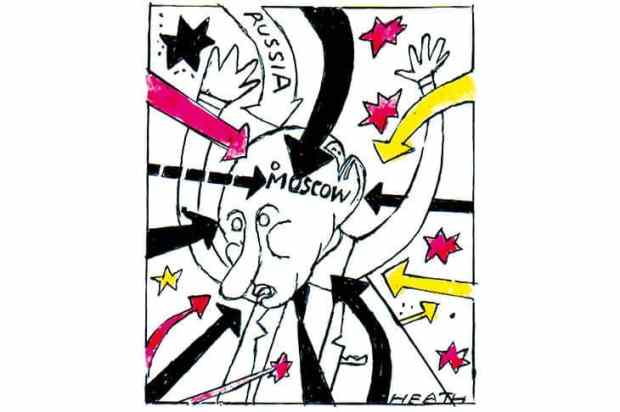
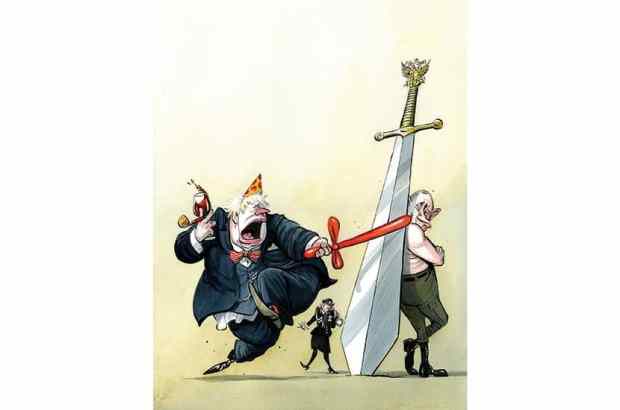
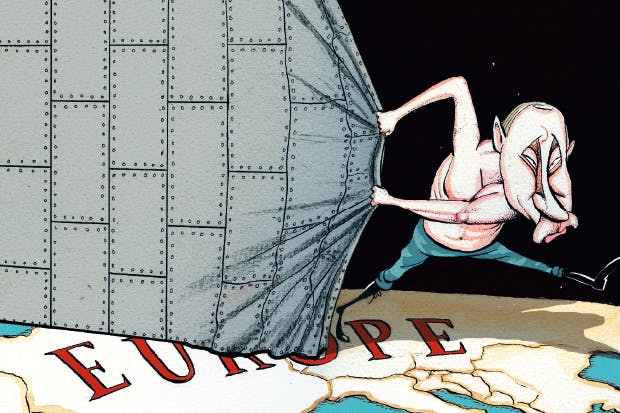






Comments
Don't miss out
Join the conversation with other Spectator Australia readers. Subscribe to leave a comment.
SUBSCRIBEAlready a subscriber? Log in